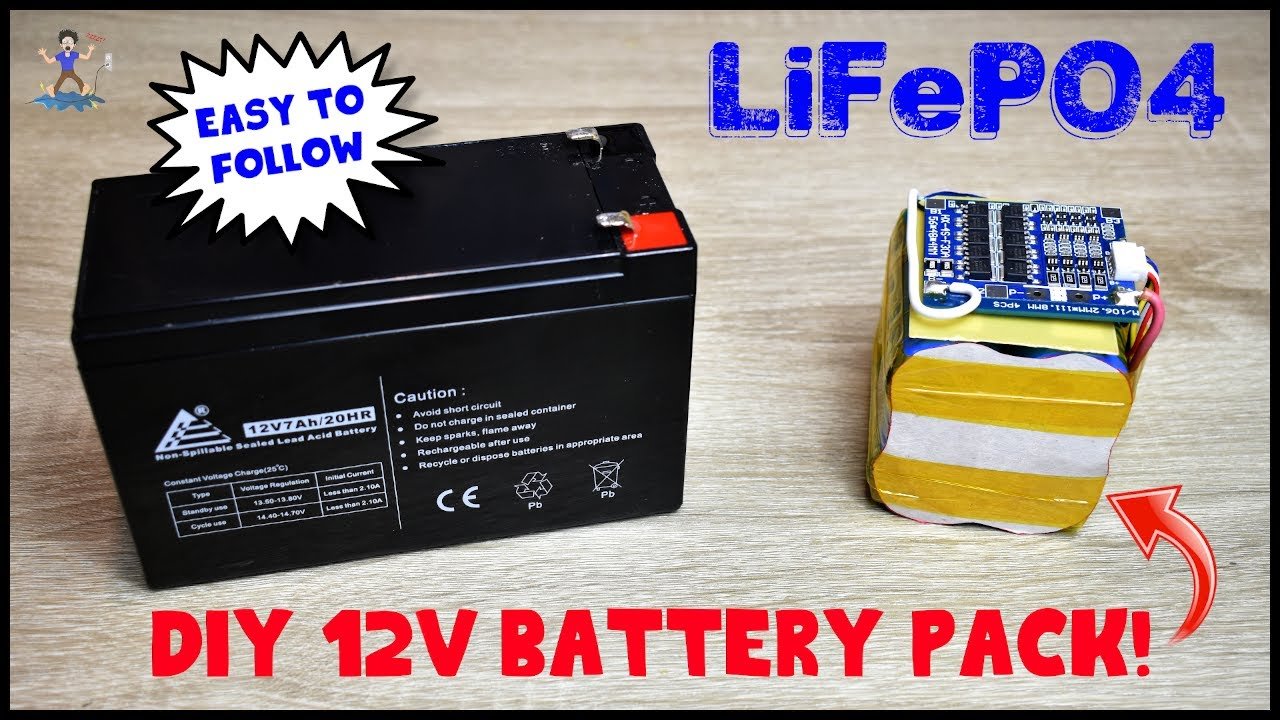Understanding LFP Batteries: The Future of Energy Storage
In the quest for more sustainable and efficient energy solutions, Lithium Iron Phosphate (LFP) batteries have emerged as a significant player. Renowned for their safety, longevity, and environmental benefits, LFP batteries are reshaping the landscape of energy storage in both electric vehicles (EVs) and renewable energy systems. Here’s a comprehensive look at what makes LFP batteries stand out and why they are garnering increasing attention.
What are LFP Batteries?
Lithium Iron Phosphate (LFP) batteries are a type of lithium-ion battery that uses lithium iron phosphate as the cathode material. This distinguishes them from other lithium-ion batteries, which typically use materials like lithium cobalt oxide or nickel manganese cobalt oxide. The choice of cathode material affects the battery’s performance, safety, and environmental impact.
Key Advantages of LFP Batteries
Safety
One of the most significant advantages of LFP batteries is their superior safety profile. The chemistry of lithium iron phosphate is inherently stable, reducing the risk of thermal runaway—a phenomenon where a battery overheats and potentially catches fire. This stability makes LFP batteries less prone to overheating and reduces the risks associated with battery malfunctions.
Longevity
LFP batteries boast a long cycle life compared to other lithium-ion batteries. They can typically endure 2,000 to 3,000 charge-discharge cycles before their capacity significantly degrades. This longevity translates to a longer lifespan for devices and vehicles powered by LFP batteries, reducing the frequency and cost of replacements.
Environmental Impact
The environmental footprint of LFP batteries is generally lower than that of other lithium-ion batteries. Iron and phosphate are more abundant and less harmful to extract compared to materials like cobalt, which is associated with ethical and environmental issues. Additionally, the recycling process for LFP batteries is less complex and more sustainable.
Performance
While LFP batteries may have a slightly lower energy density than other lithium-ion batteries—meaning they store a bit less energy per unit weight—they compensate with other performance characteristics. They offer stable performance across a wide range of temperatures and are less likely to experience capacity degradation over time.
Cost-Effectiveness
LFP batteries are often less expensive to produce due to the lower cost of raw materials. This cost efficiency makes them an attractive option for various applications, from affordable electric vehicles to large-scale energy storage systems.
Applications of LFP Batteries
Electric Vehicles (EVs)
In the automotive sector, LFP batteries are gaining traction as a reliable and cost-effective solution for electric vehicles. Companies like Tesla have incorporated LFP batteries into some of their models, particularly for their more affordable options. The extended cycle life and safety benefits align well with the needs of everyday drivers seeking dependable and long-lasting EV solutions.
Renewable Energy Storage
For renewable energy systems, such as solar and wind power, LFP batteries offer a robust solution for storing excess energy. Their long lifespan and stable performance make them ideal for large-scale energy storage systems that require reliability over many years.
Consumer Electronics
Though less common in consumer electronics compared to other lithium-ion chemistries, LFP batteries are starting to be used in devices where safety and longevity are paramount. Their stable performance and safety features make them suitable for applications where reliability is critical.
Challenges and Future Prospects
Despite their advantages, LFP batteries do have some limitations. The lower energy density compared to other lithium-ion batteries can be a drawback for applications where space and weight are critical factors. Additionally, the charging speed of LFP batteries may not be as high as some other chemistries.
However, ongoing research and development are likely to address these challenges. Innovations in materials and battery design are continually improving the performance and versatility of LFP batteries, making them an increasingly viable option for a wide range of applications.
Conclusion
Lithium Iron Phosphate (LFP) batteries represent a significant advancement in energy storage technology. With their exceptional safety, longevity, and environmental benefits, LFP batteries are poised to play a crucial role in the future of sustainable energy solutions. As technology continues to evolve, LFP batteries are likely to become even more integral to our efforts to create a cleaner, more efficient energy landscape.
